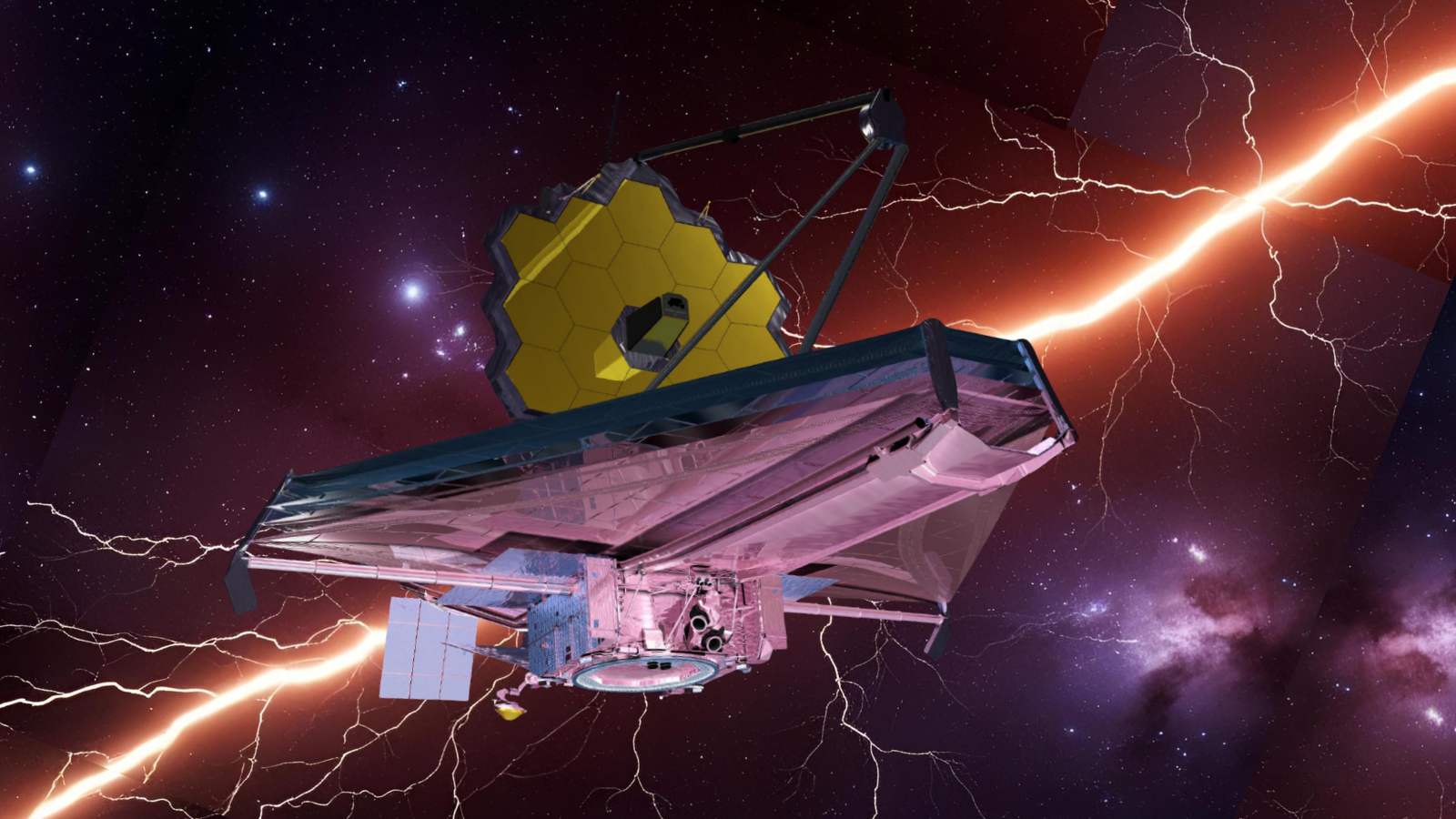Explorer 1: How the First American Satellite Worked (Infographic)

On Jan. 31, 1958, the United States launched its first successful satellite: Explorer 1. It was the American answer to the Soviet Union's Sputnik 1, which kicked off the Space Age when it launched in 1957.
Explorer 1 launched on a U.S. Army Juno rocket, also known as Jupiter-C, and marked the first space mission to carry a scientific instrument into space. The satellite weighed 30 lbs., 18 lbs. of which was science gear like cosmic ray detectors, temperature sensors and a microphone to hear micrometeorites that might hit the satellite.
Explorer 1: The First American Satellite in Pictures
The U.S. used Explorer 1 as its contribution to the International Geophysical Year (which ran from 1957 to 1958). The satellite was originally slated to launch on U.S. Navy's Vanguard rocket, but it exploded moments after launch, garnering nicknames like "Kaptunik" in media headlines. The Army's Jupiter-C, developed as a ballistic missile.
The Jupiter-C rocket delivered Explorer 1 into an orbit that ranged between 220 miles to 1,563 miles above Earth. It beamed data to Earth for four months, going silent on May 23. The satellite re-entered Earth’s atmosphere on March 31, 1970 and burned up.
Explorer 1's main instrument was a cosmic ray detector designed by James Van Allen of the State University of Iowa. The experiment discovered evidence of radiation belts around Earth, now called Van Allen Belts, that marked the first scientific discovery in space.
The Van Allen Belts are doughnut-shaped regions of high-energy particles held in place by Earth’s magnetic field. They serve as a buffer, preventing cosmic rays from bombarding Earth, and may have played a role in making Earth habitable for life, NASA has said.
Breaking space news, the latest updates on rocket launches, skywatching events and more!
In 2012, NASA launched the Van Allen Probes to study the Van Allen radiation belts in detail.

Space.com is the premier source of space exploration, innovation and astronomy news, chronicling (and celebrating) humanity's ongoing expansion across the final frontier. Originally founded in 1999, Space.com is, and always has been, the passion of writers and editors who are space fans and also trained journalists. Our current news team consists of Editor-in-Chief Tariq Malik; Editor Hanneke Weitering, Senior Space Writer Mike Wall; Senior Writer Meghan Bartels; Senior Writer Chelsea Gohd, Senior Writer Tereza Pultarova and Staff Writer Alexander Cox, focusing on e-commerce. Senior Producer Steve Spaleta oversees our space videos, with Diana Whitcroft as our Social Media Editor.
